
Open world games are among the mainstays for modern gaming. They’ve always been around in some form or the other, of course, with The Legend of Zelda, Shenmue, and the early Grand Theft Auto games being pioneers of the genre, but they’re more prevalent now than ever. Almost every major game these days is open world, and even older, more established franchises, such as The Witcher, Batman, Final Fantasy, and Metal Gear Solid have now taken to embracing the open world design for their newer installments this generation, thanks to the success of titles like Skyrim, Grand Theft Auto, and Assassin’s Creed.
Given that so many games these days have vast open worlds, one could almost argue that open worlds as a mode of game design have become trivialized, and they aren’t as awe inspiring as they used to be. When so many games on the market present the player with a vast map full of objectives, and complete freedom to tackle them in any order, the player begins to lose appreciation for what made open world games so special in the first place.
But that would be a mistake- not only because some of the best games this generation have been open world (and some of the best upcoming ones are all open world, too), but also because open world games are, from a development perspective, massive, mammoth undertakings that are truly a feat of software engineering and programming. The fact that they’ve become so commonplace and trivialized is a testament to how streamlined development pipelines and processes have become over time- because believe us when we say this, these games are not easy to build.
RESEARCH AND FIELDWORK
The most important thing for an open world is believability and immersion- the reason these games work so well is because they sell the idea of this vast, open, massive world existing independently of the player and their involvement with the game- they give the impression that the world exists persistently, that it’s not just a video game sandbox that was built to accommodate the player.
So it wouldn’t do to have the world not be authentic enough- that would completely break the immersion, and take players out of the game. This is why one of the most important steps in crafting an open world happens before a single line of code has even been written- it’s when the developers, having decided on the setting for their game, conduct fieldwork and research to ensure that they can recreate that setting authentically and accurately in their game.
Most modern open world games undergo this process- for inFamous: Second Son, for instance, the team at Sucker Punch decided to set the game in their native Seattle, and specifically went out and conducted research and fieldwork in the city and its surrounding forested areas with audio and video equipment, to recreate all the landmarks of the city, as well as its various sounds – such as the chatter and chirps of the local species of animals and birds – authentically. Similarly, the developers of Mafia 3 are using old photographs of New Orleans as it was in the 1960s to recreate the world. For Just Cause 3, Avalanche collected photographs of Mediterranean islands, and also sent a team out on site to get a better understanding of the area. For Watch Dogs, Ubisoft recorded the sounds of the crowds in Chicago to replicate the accent unique to the city in the game.
Of course, concessions are always made to game design, even when the aim is to recreate a setting accurately- a full 1:1 recreation would probably make for a very boring world from a playability perspective. Which is why, for instance, for Mafia 3, the developers, while trying to stay true to the setting, made changes to the game’s world to suit the game’s story and flow; The Division excises entire parts of New York to better manage progression; for inFamous: Second Son, Seattle was chosen as a setting to begin with because the city’s unique weather, and its blend of various architecture styles, were considered to contribute to playability.
"Concessions are always made to game design, even when the aim is to recreate a setting accurately- a full 1:1 recreation would probably make for a very boring world from a playability perspective."
Interestingly enough, this kind of research also takes place when the setting for your game is fictitious, or mostly fictitious anyway. For Far Cry Primal, for example, Ubisoft specifically had an entire new fictitious created based on the projected reconstructions of the Proto-Indo-European language, allegedly the common ancestor to most modern languages- again, this was done in the interest of selling a believable and authentic setting, even though, if you think about it, this is not the kind of thing most players notice. But Ubisoft were committed to an authentic setting- so they went the whole nine yards.
DEVELOPMENT AND COORDINATION
One of the most arduous parts of developing an open world is the actual coding for it- there are so many variables and so many moving parts, and developers have to keep track of all of them, coding them all judiciously and properly, while making sure what they are doing also doesn’t break something that someone else is doing. And that part can be really difficult, because simply by virtue of just how big these games are, they can have development teams of thousands of people, all working together on smaller, compartmentalized parts of the larger sandbox, that are only put together near the end- this modular approach to development requires coordination on a gigantic scale.
This approach also defines how the actual coding and programming process takes place. While the final game (for any open world game) is all set in one engine, and runs off of one codebase, during development, coding and programming are broken down into smaller ‘slices,’ each dedicated to different aspects of game development- so for the typical open world game, you’ll have a slice for the development of assets and models, another that handles animations, another for physics, another for AI, another for vestigial systems like weather and destructibility, one for cutscenes and CG rendering, one for handling netcode and multiplayer interactions, one for sound processing, a larger slice handling narrative progression and branches, plus the development (or, if one already exists, then at the very least, updating it as per the new game’s requirements) of the actual game engine, which is the dish that holds all the other slices together. All of this, plus naturally, the different development teams that are handling these different widgets, or slices of the larger pie.
All of these different development teams, and different bits of code, usually have two levels of oversight- there are systems like PreForce or AlienBrain, which are essentially giant data repositories that contain entire backups and builds of the game while it is under development (meaning that a) in the worst case, there is always a backup, and a build to roll back to, and b) at least one data bank exists where all the moving pieces are in one place, even if they have not yet necessarily been put together), as well as something like Agile SCRUM, which is a framework using trickle down management styles that is used to handle large scale projects, ensuring that development milestones are met and that the different teams are on track, and in keeping with the larger vision for the game, making management of all these moving parts a bit easier.
Apart from having software and machines doing the job, there are also, naturally, multiple human managers and overseers, who are there to enforce deadlines, hand out extensions as necessary, decide what makes the cut, and what gets excised from the final game, allocate and reallocate resources, and more.
ENGINE
"The coding of the engine itself (as well as of all the slices and widgets of the game that it encapsulates) is informed by the overall vision or direction for the game."
But all of this possibly takes a back seat to the Herculean task that is the actual coding of the game. As mentioned before, that comes down largely to the game’s engine, and to the various ‘slices’ of game development that were enumerated. The game engine is responsible for the general features that are hallmarks of all open world games – a basic physics engine, a weather system, day and night cycles, and any other parameters that are necessary to add to the world’s authenticity. But the coding of the engine itself (as well as of all the slices and widgets of the game that it encapsulates) is informed by the overall vision or direction for the game.
For instance, take The Witcher 3: Wild Hunt. CD Projekt RED wanted to make the game a uniquely narrative focused open world game, so they specifically created an all new engine, the REDEngine 3, to help reconcile the other self contradictory goals of a multi tiered, multi branched, complex story with vast open non linear environments. On the other hand, for something like Fallout 4, Bethesda want to emphasize the interactivity with the game world, from the physics engine to the crafting- so they use the Creation Engine that was also used in Skyrim, but update it for a better character creator, sophisticated visual effects (such as dynamic lighting and temporal anti-aliasing). Rockstar used the RAGE engine for Grand Theft Auto V, updating it for the on the fly character switching, as well as for larger draw distances to accommodate the game’s larger world.
This brings us to the next major consideration with game engines for open world design- since open world games are so vast, and so time and resource intensive, the old development practice of creating an all new proprietary game engine for each game that a developer develops is simply economically unviable and unfeasible- companies usually have to decide to share development pipelines or reuse codebases. Even when companies create an all new engine for an open world game – such as CD Projekt RED with The Witcher 3, Konami with Metal Gear Solid 5, and Nintendo with The Legend of Zelda: The Breath of the Wild – the engine itself is almost always created with the intent that it and its underlying codebase will be used for future games, streamlining costs and resources then.
Other times, companies simply reuse existing codebases and engines, overhauling and tweaking them as necessary for each game’s requirement. Ubisoft, for instance, are known for having a unified and consolidated development pipeline that all of their games use – one reason that they can pump out such massive open worlds so quickly – which they then modify for each individual game’s requirements and necessities. Bethesda have used, in some form or the other, the Gamebryo engine ever since the release of The Elder Scrolls III: Morrowind in 2002, which was almost a decade and a half ago. Most of the times, reusing existing development pipelines and engines, and bolting on new parts (while refurbishing existing ones) as necessary is a far more effective and efficient strategy than spending a lot of time, money, and development personnel on creating a new engine repeatedly.
The game engine is also responsible for loading and streaming of data for the game world- put simply, since an open world is one massive level, and since having separate loading screens for it would break the immersion and seamlessness, an engine must specifically be programmed to load data seamlessly, and on the fly. Developers can utilize multiple techniques to ensure that no loading screens break the flow of an open world – the entire world can be loaded beforehand, before the game even begins (this is similar to the technique that CD Projekt RED use for The Witcher 3, and also the reason that it has such long loading times); alternatively, a central ‘hub’ could be loaded, with other areas of the map being loaded on an as needed basis. Put simply, this would mean that a central portion of the world is loaded, and the player’s character’s movement on the world is constantly monitored via coordinates. As the player begins to reach the edge of the hub, relevant portions of the map or the hub are loaded (while the previously loaded portions of the map may be removed from memory, to be loaded again when needed)- this is similar to the kind of system that Rockstar use for Grand Theft Auto. Finally, a variation of the hub loading technique is the one used by Bethesda, where the map is sectioned off into a central hub and its offshoots, the offshoots being the dungeons and buildings. In this case, the map is loaded into the memory beforehand, with the dungeons or buildings being loaded only when the player enters them (which is why a loading screen appears when you enter or exit a building in The Elder Scrolls and Fallout).
AI AND NPCs
"As long as the game world is populated by characters who look and seem real and persistent to the player, instead of just a prop placed there to add to the sense of realism, then the illusion of the world being real is enhanced."
The unsung hero of open world game immersion, though, is the humble NPC- as long as the game world is populated by characters who look and seem real and persistent to the player, instead of just a prop placed there to add to the sense of realism, then the illusion of the world being real is enhanced. And the extent to which companies go to to create convincing NPCs sometimes goes seriously under-appreciated.
For instance, it was already brought up earlier how Ubisoft went to Chicago to record random sound bytes of people on the streets talking- just so the Chicago accent would be replicated accurately and authentically in the game. Or how they created an entire new language just to add to the sense of authenticity and genuineness of their tribal, prehistoric world which, I need to remind you, by virtue of being prehistoric, is enough of an unknown that literally almost no one would have known the difference, or been able to call Ubisoft for being wrong, had they just winged it.
Then there are other such instances- Bethesda, for example, created the Radiant A.I. system for The Elder Scrolls IV: Oblivion, to allow the behavior of NPCs to be dynamic and unscripted- general goals would be given to each NPC, which they would always follow, but how they followed them would be left to them, adding an element of emergent gameplay even to entirely programmed interactions. Or there was the other extreme, such as when Nintendo programmed the entire schedule for every single NPC in the The Legend of Zelda: Majora’s Mask, that they would follow without fail, giving the illusion of people with specific goals to achieve that they would attempt to, with or without the player’s involvement with the world.
ODDS AND ENDS
After everything is done, the mammoth task is still not finished- then come the hard parts, such as QA, which involves scanning the thousands upon thousands of lines of computer code to find whether there is anything that isn’t behaving the way it is supposed to- and the process gets even harder the more systems the game is releasing on, and the more languages it will be released in. There is the marketing campaign, which for a game this size has to be almost as big, a coordinated effort that comprises, usually, of a media blitz, social media engagement, nationwide tours, contests and tie-in promotions, pre-order campaigns, and more.
All of this, and we still haven’t gotten to the DLC yet- because of course there is DLC, and development on that has to begin soon, too. There will also be patches and updates for the game, some released on the developers’ own schedule, some released in response to complaints about some bug or glitch that somehow escaped QA and made it into the final code.
Development of open world games, in short, is a major, massive, mammoth undertaking, almost inhumanly massive in its scope and ambition. Honestly, the fact that open world games manage to release and run at all seems like a marvel once you know how they are made- it’s almost enough to make you want to be a bit more tolerant of glitches and errors that crop up in these games (not that you should be, though!). In the end, however, these titanic projects have netted us some of the most influential and memorable games, not just in this generation, but in every generation of gaming there has been so far- so we’re going to continue celebrating non linear, open world game design, and we will continue to hope for the best from, and look forward to, the plethora of open world games that are on the horizon.








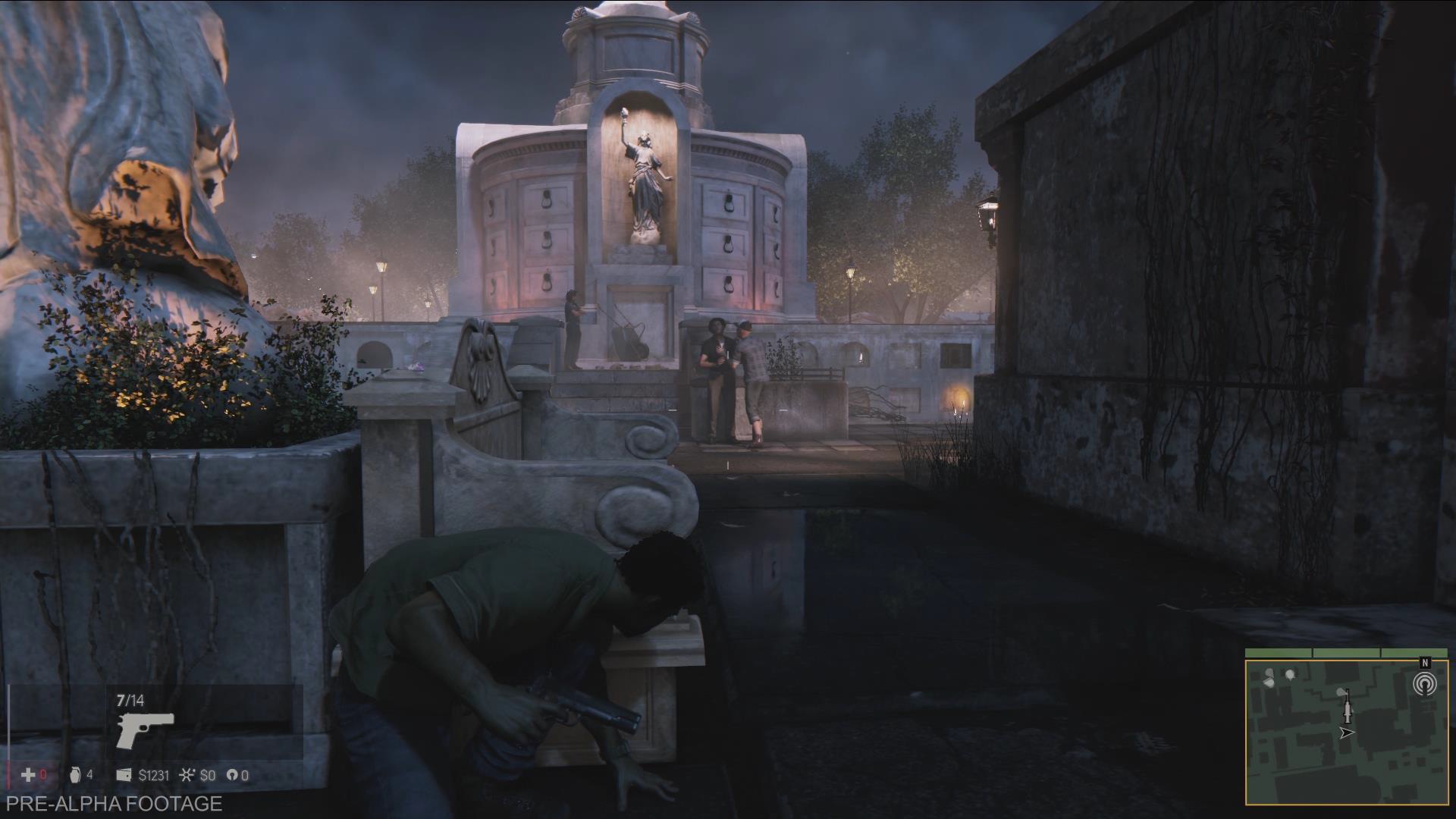
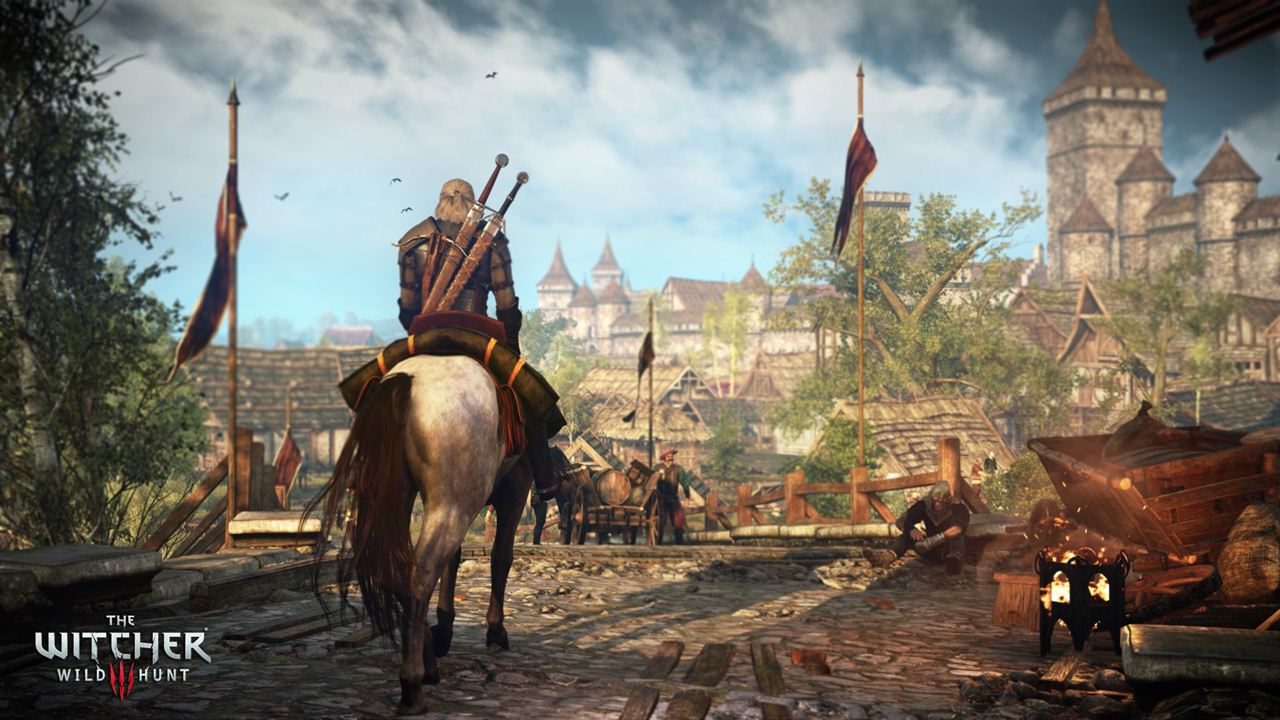
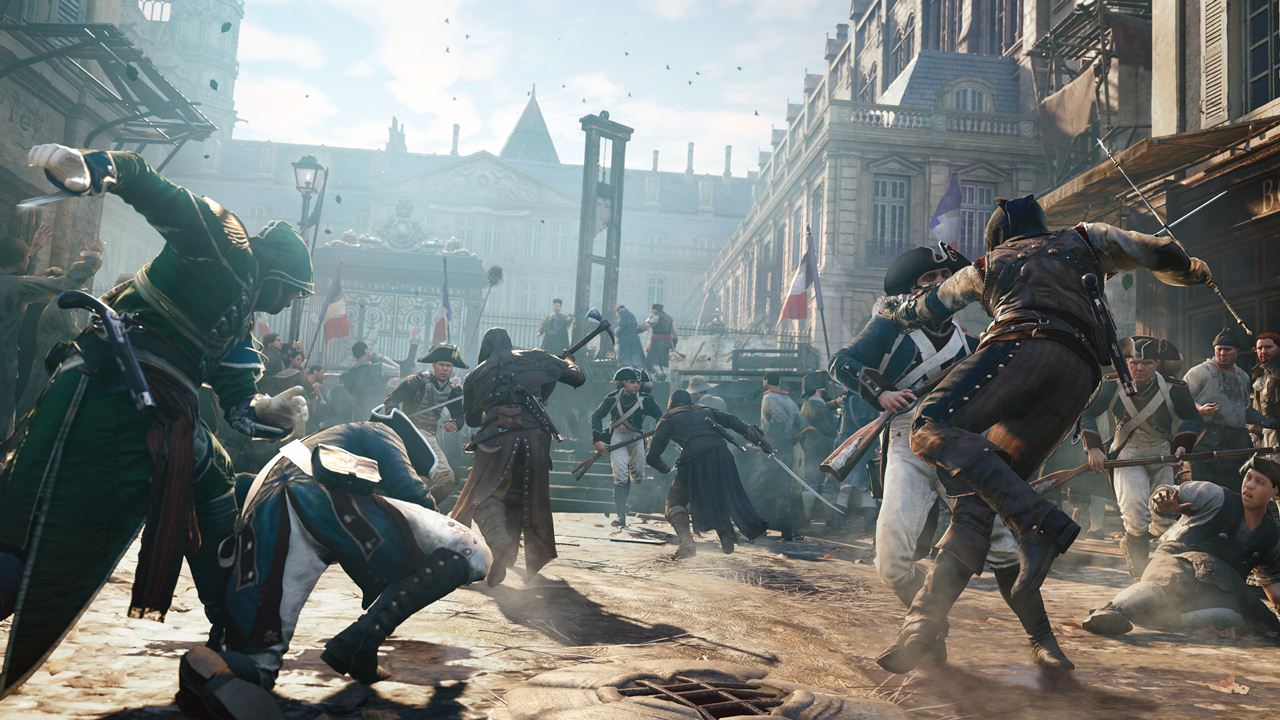

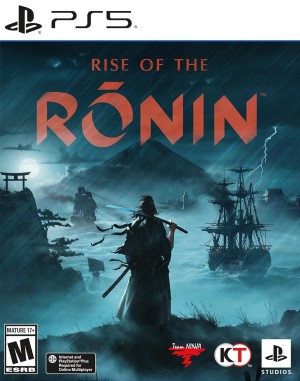
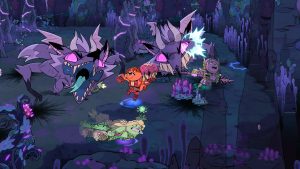

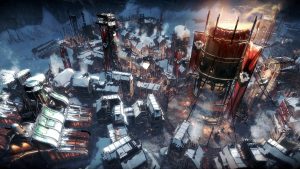



Share Your Thoughts Below (Always follow our comments policy!)